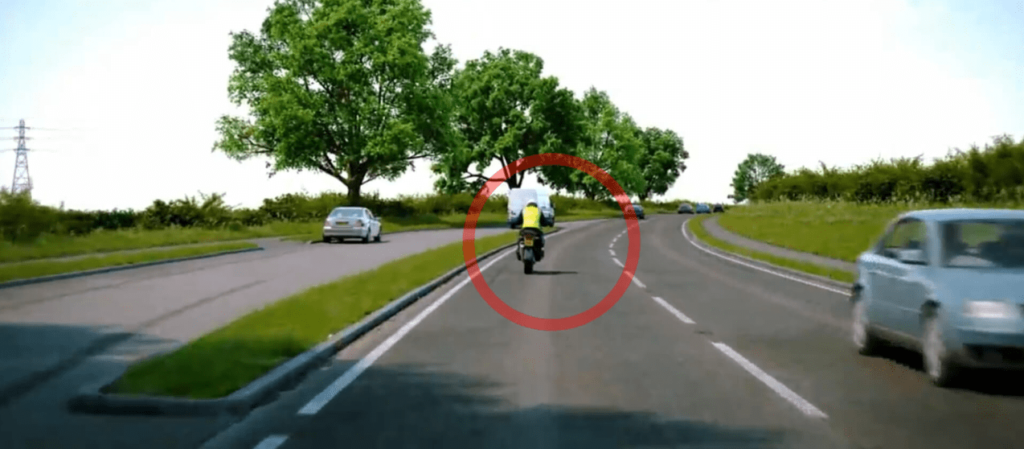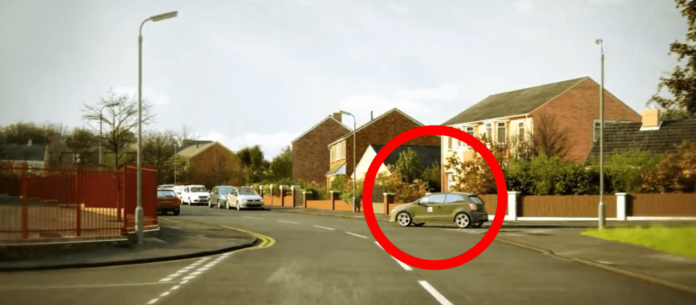Table of Contents
Introduction to Hazard Perception

Driving is a difficult endeavour that calls for rapid thinking and ongoing focus. Hazard perception, or the capacity to recognise and react to possible threats on the road, is one of the most important abilities for any driver. The idea of hazard perception, its significance for safe driving, and strategies for honing this crucial ability will all be covered in this blog post.
What is Hazard Perception?
The ability to recognise and foresee possible risks or hazards on the road before they materialise into threats is known as “hazard perception.” It entails looking around, identifying possible dangers, and acting appropriately to reduce or eliminate risks. Regardless of experience level, this ability is crucial for all drivers.
The Importance of Hazard Perception in Driving
Adequate hazard perception is crucial for several reasons:
Accident Prevention: Early detection of possible risks enables drivers to take preventative measures and steer clear of collisions.
Reaction Time: Drivers with strong hazard awareness abilities can respond to unforeseen circumstances faster.
Defensive Driving: It serves as the cornerstone of defensive driving strategies, which keep drivers safe in a variety of traffic situations.
Reduced Stress: Driving can be made less stressful and more pleasurable by anticipating and controlling possible problems.
Legal Compliance: Because of its significance for road safety, many nations incorporate danger perception into their driving exams.
Common Types of Hazards on the Road
To improve your hazard perception, it’s essential to be aware of the various types of hazards you might encounter:
Other Road Users: Vehicles, pedestrians, cyclists, and motorcyclists are all included in this.
Road Conditions: Potholes, debris, and wet or slippery roadways can all be quite dangerous.
Weather Conditions: Strong winds, rain, snow, and fog can all impair vision and control of a vehicle.
Traffic Signs and Signals: Dangerous circumstances can arise from misinterpreting signs or failing to recognise them.
Road Layout: Junctions, slopes, and bends call for more preparation and attention.
Stationary Objects: Road construction, parked autos, and other obstructions can all be dangerous.
Developing Your Hazard Perception Skills
Enhancing your perception of hazards is a continuous process that calls for focus and effort. The following techniques can help you improve this important ability:
Stay Alert: When driving, stay focused at all times and stay away from distractions.
Scan the Road: Check your mirrors frequently and glance ahead to spot possible dangers.
Anticipate Others’ Actions: Try to predict what other road users might do and be prepared to react.
Maintain a Safe Distance: To provide yourself more time to react to dangers, maintain a safe following distance.
Adjust to Conditions: Adjust your driving to the road, traffic, and weather conditions.
Learn from Experience: Think back on your driving experiences and draw lessons from near misses or errors.
Hazard Perception in the Driving Theory Test
Driving theory exams in many nations, including the UK, contain a section on hazard perception. Usually, you watch video clips in this part and click when you see emerging threats. To perform well on this section of the test:
Practice Regularly: Get acquainted with the format of the test by using official practice materials and internet resources.
Understand Scoring: Find out what is considered a developing hazard and how the scoring system operates.
React Promptly: When a hazard appears, click, but don’t click too frequently.
Stay Focused: Focus on the whole landscape rather than just the middle of the road.
Learn from Feedback: Examine your performance and determine why you might have overlooked certain risks.
Tips for Improving Your Hazard Perception
Use Visualization Techniques: Practise various driving situations in your head, including how you would react to possible dangers.
Play Hazard Perception Games: You can practise identifying risks in an enjoyable, engaging way with a variety of online games and apps.
Observe While Passenger: Actively search for possible risks when you’re not driving and, if necessary, talk to the driver about them.
Take Advanced Driving Courses: Think about signing up for advanced driving classes that emphasise defensive driving strategies and hazard perception.
Stay Updated: Keep yourself updated on current traffic regulations and safety standards.
Use Commentary Driving: While driving (alone or with a trustworthy passenger), practise speaking aloud about what you see and any hazards.
Learn from Near Misses: Examine any near-misses you have had and think about how you might have identified the danger sooner.
See the official hazard percepton guide for additional in-depth details on danger perception and how it relates to the driving theory test.
Conclusion
All drivers must be able to perceive hazards, as this greatly enhances road safety and self-assurance. By comprehending what hazard perception is, appreciating its significance, and striving to enhance this ability, you can become a safer and more capable driver. Keep in mind that improving your ability to perceive hazards is a constant process that calls for attention, practice, and a dedication to lifelong learning. When driving, be vigilant, keep safe, and improve your ability to perceive hazards.



